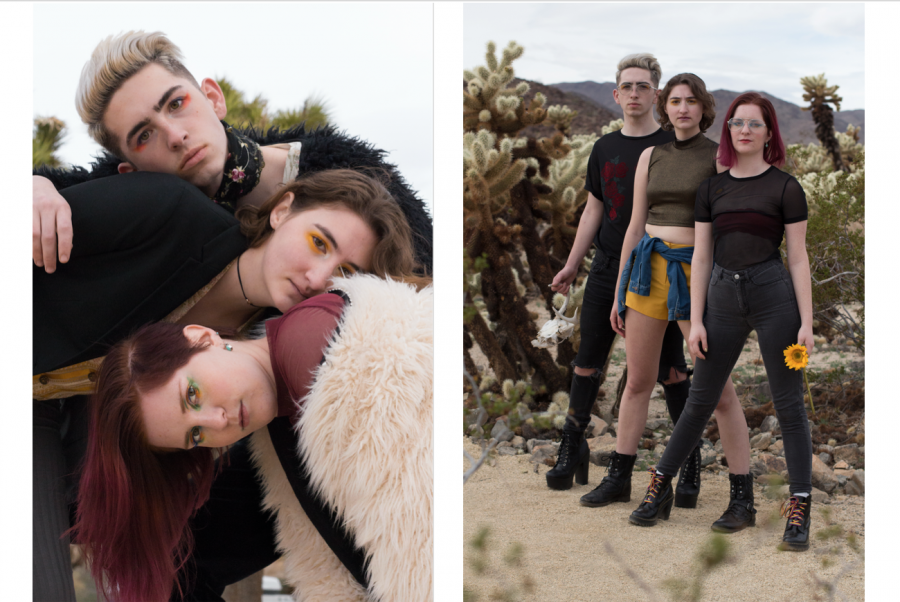Androgyny: An exploration of genderless fashion
March 14, 2019
When it comes to fashion in 2019, the question being asked isn’t “Why bend the gender rules?” but rather “Why not?”
The fashion industry prides itself on having no limits and because of this gender is no longer confined and it’s boundaries are non-existent. There is no concrete “his” or “hers”; you are encouraged to do whatever makes you feel ablaze. Androgyny as a fashion movement, is reflective of societal progress of equality.
“Being androgynous in the way I dress helped me confront my gender and sexuality. It helped me make visible who I am as a person,” said Mallory Lumistead, an Oregon State University student who identifies as gender fluid, “As I grew older and more confident, the lines between male and female fashion became more blurred to me, I use fashion as a way to express who I am. Growing up, I felt restricted, dressing androgynous helps me feel free.”
Androgynous fashion aims to eliminate any boundaries or labels, so that the clothes create the narrative. The need for androgynous fashion was first recognized when women requested female trousers, so that they could be taken seriously in the professional world. Androgyny has progressed from when Coco Chanel created the first pair of trousers for women in 1931, or when Yves Saint Laurent challenged the retail gender divide with their androgynous “emancipation” line during the Winter of 1960.
Mallory Nelson is an OSU graduate student and member of the Corvallis Rainbow Network, a community for queer students, faculty, and staff. Nelson explained that androgyny doesn’t necessarily correlate to sexuality.
“To me, androgyny means rejecting that certain things are exclusively ‘male’ and ‘female’,” Nelson said, “It’s taking things that are usually gendered and saying ‘Screw it, I do what I want.’”
Androgynous fashion creates a safe space where women can wear a suit without it being seen as manly and a men can wear a skirt without it being seen as feminine. “I think that the way society divides men’s and women’s fashion does everyone a disservice. Segregating the two creates boundaries of expression that are totally arbitrary, and those bounds keep people from being as aesthetically adventurous as they might want. That being said, there’s much less attention paid to androgynous women than men.” says Nelson.
Fashion challenges and creates change, whether it is to combat the gender divide, ageism, or discrimination. This year the Council of Fashion Designers of America established a gender neutral sector of New York Fashion Week.
“Fashion helps bring identities to life,” Qwo Li Driskill said, an OSU Queer and Gender studies professor who identifies as genderfluid. “The fashion industry values androgyny because the fashion industry values progression, its an outlet for expression, and in many cases, the only way that someone can express who they are,” Driskill said.
As our society changes and develops, we break free. The clothes we wear are a method of showcasing whoever we want to be that day, that hour, or that minute. There are no rigid rules or boundaries to be followed, it’s all up to you. So when getting dressed in the morning, always do it for yourself and wear whatever makes you feel your best. Fashion is more than merely a look—it is a lifestyle, and the colors are vibrant, no longer just black and white.


